When to call the veterinarian
By Daniel H. Grove, DVM

“When do I call my veterinarian?”
That is a question many clients tend to struggle with. In my opinion, it is better to make that phone call and discuss your concerns rather than waiting too long and having a more challenging time resolving a case. I would much rather have someone call during normal business hours with questions about a mild colic rather than 10 o’clock at night with a colic that is now dire. It is hard to give a recommendation on times not to call without having an examination of the patient to make a determination. So, here are some key times when I think it is prudent to get on the phone and at least discuss the situation with your veterinarian.
Why is my horse always colder than others?
By Daniel H. Grove, DVM
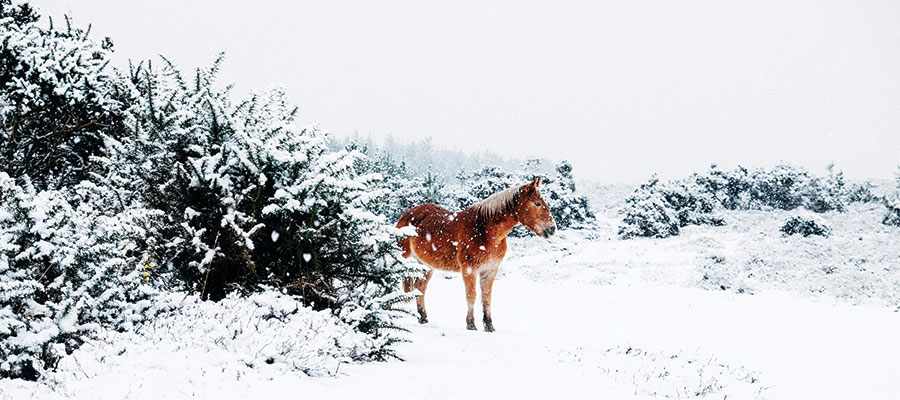
Horses are extremely good at dealing with a drop in temperature. I have driven through snow-filled states in temperatures in the teens and watched horses happily walking through the snow without a care in the world, no shivering or any other sign of a low body temperature. I have been in Southern California when it was 50° F out and I have full-grown adult mares coming into the barn to be palpated—and they were shivering like no tomorrow. What is the difference? Mostly, human management! Yes, there are certain circumstances where an individual may not be capable of proper thermoregulation without human interference, but by and large, with a little help, they can usually do it very well on their own.
When to start dentistry?
By Daniel H. Grove, DVM

In the past, we have discussed the importance of dentistry or floating of teeth. I am often asked, “When should a horse receive its first float?” I think is a great starting point is around the age of one year. I understand people want to stave off putting out money when they can, but hopefully we can show you why it is important to get it done early.
In my practice, I get to do many young horses’ teeth. They are usually 14-20 months old and are going to start getting a bit put in their mouths. All of the horses in these pictures are from the same farm. They have not ever had any bit or other device in their mouths, and they are all 14-16 months old.
Precautions after a wet winter
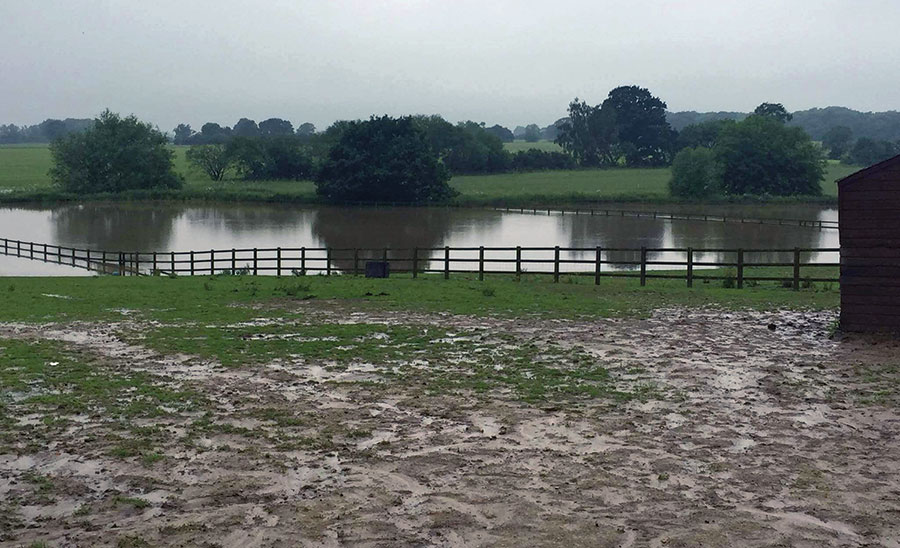
By Daniel H. Grove, DVM
This year has been an extra wet one for most of our country. Some of us have needed it badly and others, not so much. This month I think it is prudent that we discuss some conditions that may become more prevalent this year due to the extra moisture in our environments. If we take some extra steps in care and observation, pests can be minimized, diseases can be prevented, and extra veterinary bills can be avoided.
Flies
Flies are a huge nuisance to our livestock. They also can transmit some diseases. With all the added moisture to our environment, we are likely to see an increase in flies. Last year I wrote an article on methods of fly control. I discussed some good control measures including fly sprays, fly bait, feed through fly control and fly predators. If you are not already including these in your husbandry, it may be a good time to evaluate your situation and see if additional measures are warranted. One horse with a bad case of summer sores will definitely make you think twice about neglecting to control flies.
Preparing for breeding success
By Daniel H. Grove, DVM
Well, it is March and breeding season is here. I thought it might be a great time to talk about equine reproduction and some of the options available to horse owners in our area. Things to consider in preparation of getting your mare in foal are the mare preparation, how you will receive your semen, and who is going to be inseminating the mare.
Why we need to vaccinate
By Daniel H. Grove, DVM
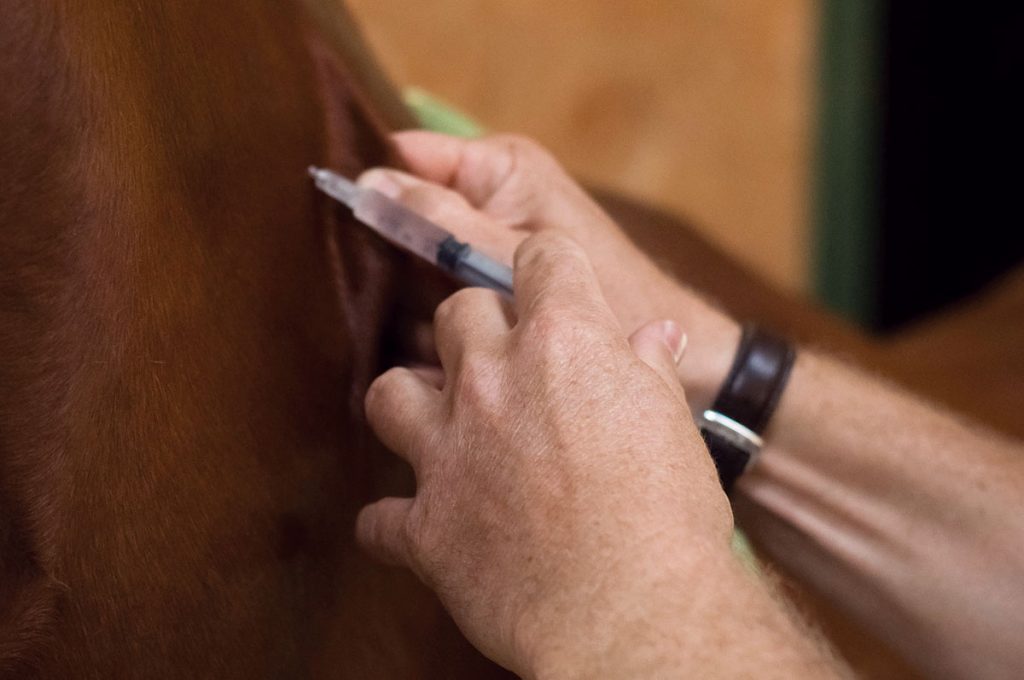
2020 has been a challenging year for our country. Front and center on the news most days is the COVID-19 virus and what is going on with it. It looks like we will have a vaccine very soon for it, but there are other outbreaks you may not be hearing about. Currently in California, I know of two different ones affecting our horses.
Metabolic diseases
By Daniel H. Grove, DVM
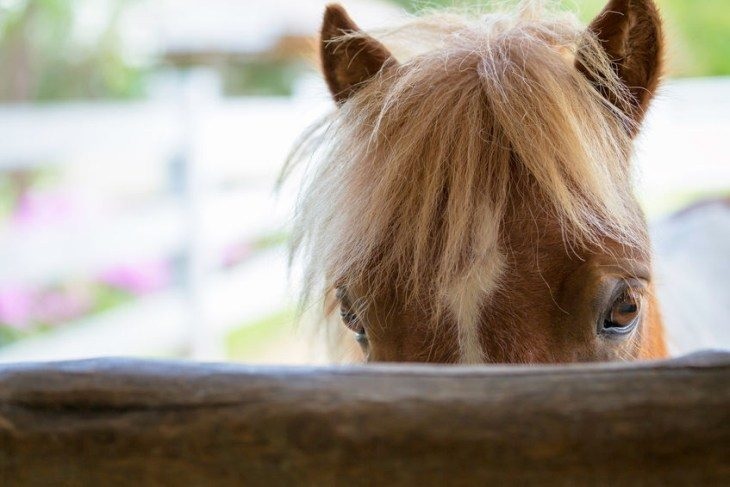
In the horse, two metabolic diseases are very common. The first is pars pituitary dysfunction (PPID), a.k.a. Cushing’s Disease, and the other is Insulin Resistance. For the purposes of this article I will refer to Cushing’s disease as PPID. Many developments in the knowledge and testing of these diseases has changed in recent years. I am going to try to explain each easily, discuss the symptoms, discuss how we diagnose them and, finally, how we treat them.
Allergies
By Daniel H. Grove, DVM

First off, I hope everyone is doing well during the COVID-19 times. It is very tough for some out there with lack of work and/or sickness, so take care of yourselves and your horses. We are smack dab in the middle of spring and some people know all about what this month’s article is about. Allergies. Horses are no different than you or I when it comes to allergies. Let us discuss what an allergic response is, how it is manifested and some possible treatments.
Bio-security in pandemic times
By Daniel H. Grove, DVM
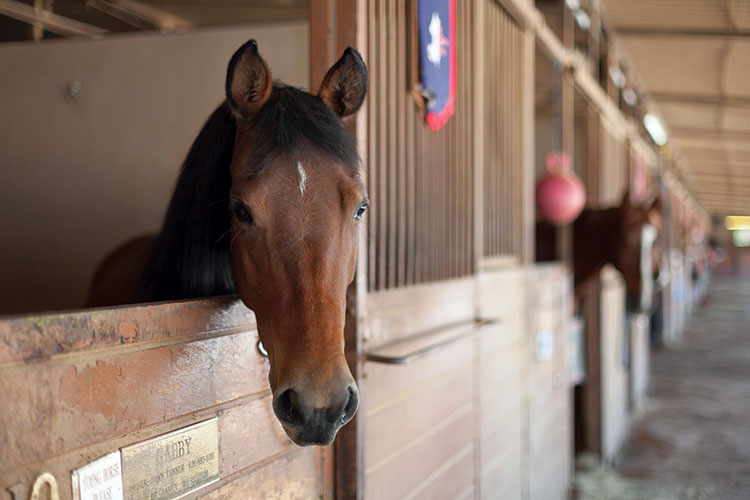
The COVID-19 global pandemic has bio-security on everyone’s minds. Let’s revisit biosecurity and you may appreciate similarities between some of the recommendations here for your horse and the ones we are receiving now from the government for ourselves during this outbreak.
First off, make sure you are up to date on your horse’s vaccines. Vaccines are designed to help the body fight off an infectious agent if it comes into contact with it. They usually require 10 to 14 days to work. The body is exposed to the antigen and has two ways it can work to fight it off: The first is to develop antibodies; the second is what is called “cell mediated immunity.” Different vaccines have different protocols to follow for them to be their most efficacious, so either read the full label or have your veterinarian perform the series properly so they are able to give you the best protection possible.
Why all of these tests?
By Daniel H. Grove, DVM
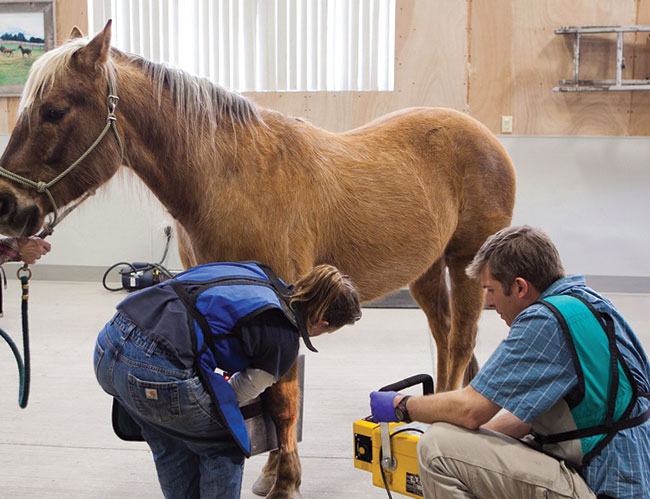
Veterinary medicine parallels human medicine in a lot of ways. The way it evolves is a major one. A hundred years ago, the doctor or veterinarian would examine their patient and give a diagnosis and decide a course of treatment. Sometimes the patient would get better and sometimes not.


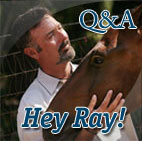
 Read Columns
Read Columns

